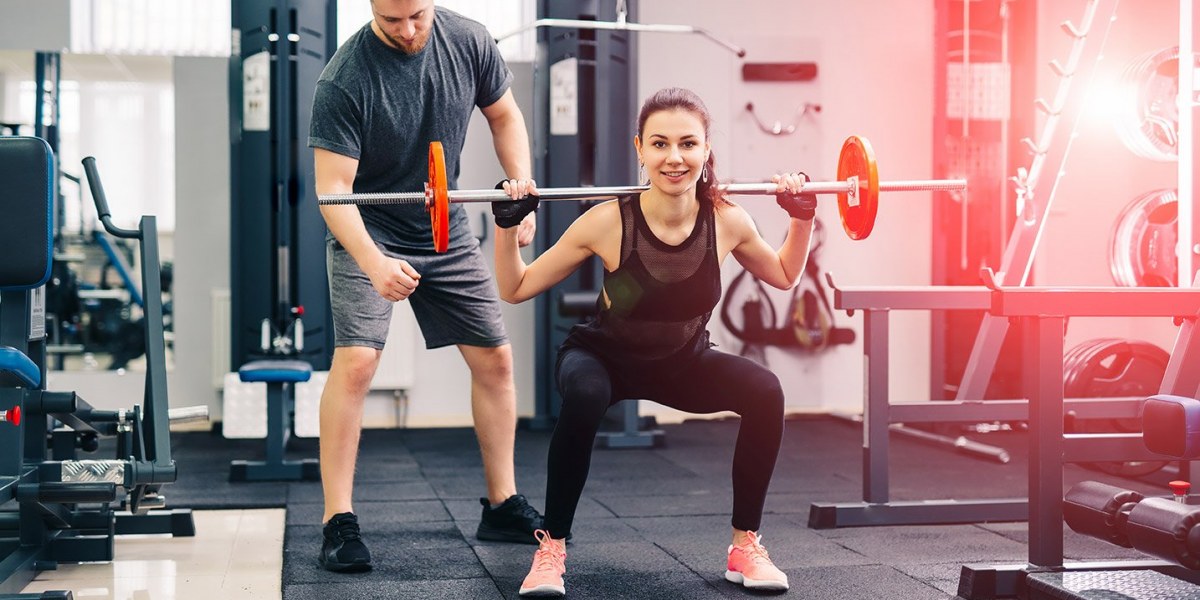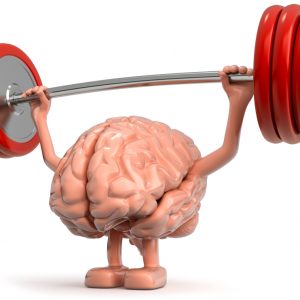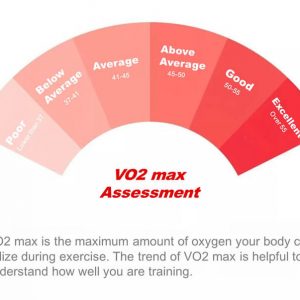Weight-bearing and resistance exercises can be beneficial in maintaining or improving the density of your bones. Weight-bearing activities can be whole body resistance machines or free-weights. Other activities which involve impact can also be beneficial long term, these can include walking, climbing, running, climbing steps, playing tennis, and moving. Resistance work outs –, for example, lifting loads – can likewise strengthen bones. This is general advice and not linked to any medical advice and aimed at long term training guidelines and not aimed at existing degenerative bone disorders, medical advice is always recommended in those cases.
By focusing on your bones, strength training can maintain or possibly build bone thickness and decrease the risk of osteoporosis. Other benefits are support in dealing with your weight management. Strength training can assist you with toning and muscle development but also with weight loss or get thinner, and it can expand your digestion to assist you with consuming more calories
- Eat Lots of Vegetables.
- Perform Strength Training and Weight-Bearing Exercises.
- Consume Enough Protein.
- Eat High-Calcium Foods Throughout the Day.
- Get Plenty of Vitamin D and Vitamin K.
- Avoid Very Low-Calorie Diets.
- Consider Taking a Collagen Supplement.
All in all, helpful activities for osteoporosis can be positioned in two kinds of exercises:
- Weight-bearing high-impact works out, for example, sway exercises or some other exercise in which arms, feet, and legs are bearing the weight, (i.e., strolling, step climbing, running, volleyball, tennis and comparable games, Tai Chi, and moving).
- Strength end/or opposition works out, in which the joints are moved against an obstruction, as freeloads, machines, tubing, or one’s own body weight.
The majority of us realize that strength training (with freeloads, weight machines, or obstruction groups) can help fabricate and keep up bulk and strength. What a considerable lot of us don’t know is that solid muscles lead to solid bones. What’s more, solid bones can help limit the danger of crack because of osteoporosis.
A blend old enough related changes, idleness, and lacking sustenance scheme to step by step take bone mass, at the pace of 1% every year after age 40. As bones develop progressively delicate and powerless to crack, they are bound to pad after even a minor fall or a far more subtle pressure, for example, twisting around to tie a shoelace.
Osteoporosis ought to be a worry for us all. An expected 8,000,000 ladies and 2,000,000 men in the United States have osteoporosis. It is presently liable for in excess of 2,000,000 cracks every year, and specialists expect that number will rise. Hip breaks are typically the most genuine. Six out of 10 individuals who break a hip never completely recover their previous degree of freedom. In any event, strolling over a room without assistance may get unthinkable.
Various examinations have indicated that strength training can assume a job in easing backbone misfortune, and a few show it can even form bone. This is enormously valuable to help counterbalance age-related decreases in bone mass. Exercises that put weight on bones can bump bone-shaping cells enthusiastically. That pressure originates from the pulling and pushing on the bone that happens during strength training (just as weight-bearing vigorous activities like strolling or running). The outcome is more grounded, denser bones.
What’s more, strength training, specifically, has bone advantages past those offered by high-impact weight-bearing activity. It targets bones of the hips, spine, and wrists, which are the locales well on the way to crack. Furthermore, opposition exercises — especially those that incorporate moves underscoring force and parity — improve strength and solidness. That can help certainty, urge you to remain dynamic, and lessen cracks another way — by eliminating falls.



